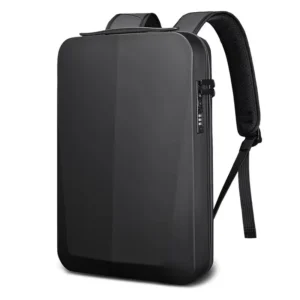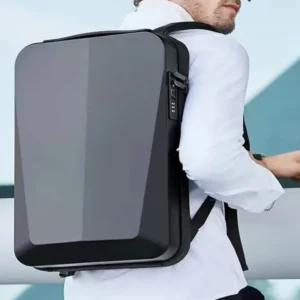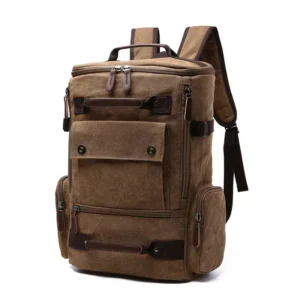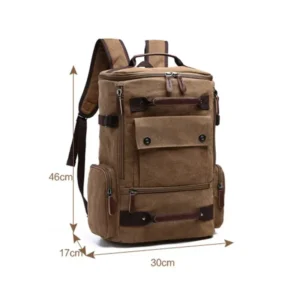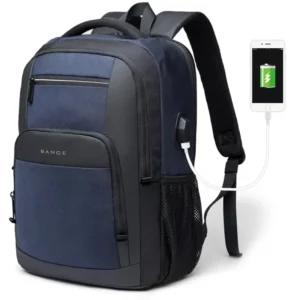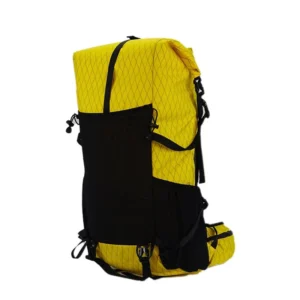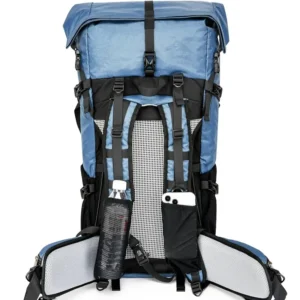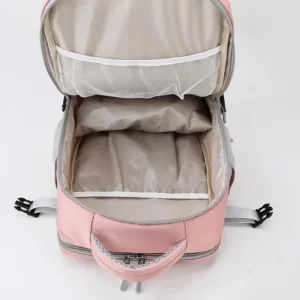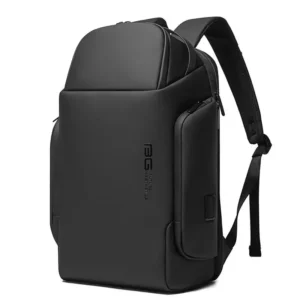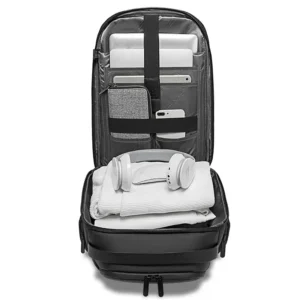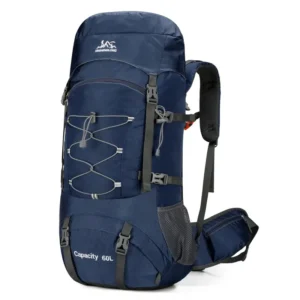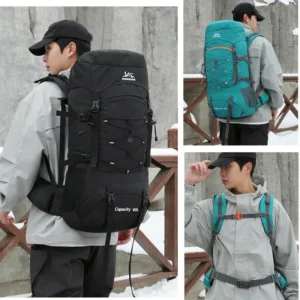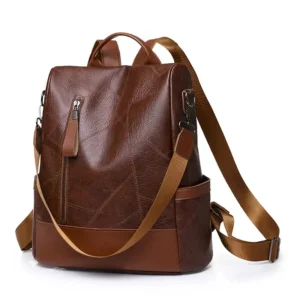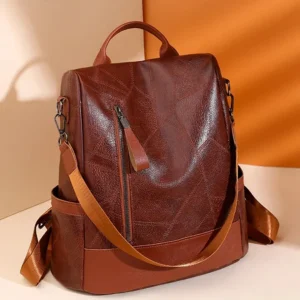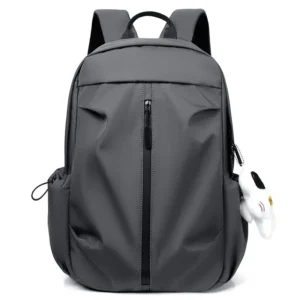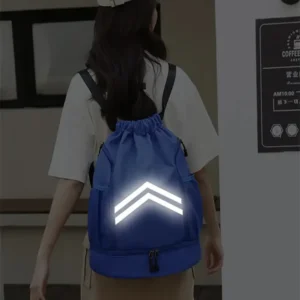Do High School Students Take Their Backpacks to Lunch?
The Importance of Backpacks in a Student's School Routine
Backpacks are an essential aspect of a high school student's life. They are more than just a means to carry books and supplies; they symbolize independence, responsibility, and personal style. Most students have a mix of textbooks, notebooks, and personal items like water bottles and snacks in their backpacks. With the integration of technology in education, devices such as tablets and laptops have become a routine part of the school backpack as well.
The question of whether students take their backpacks to lunch may seem trivial at first, but it touches upon several factors, including school policies and individual student preferences. Many high schools have lockers, which offer students the option to drop off their books and materials before heading to the cafeteria. However, with tightly packed schedules, students often find it more convenient to carry their backpacks with them to lunch. This not only saves time but also provides easy access to study materials for post-lunch classes.
The design of modern backpacks caters to these needs, offering compartments specifically for electronic gadgets and other utilities, ensuring students can stay organized and efficient throughout their school day.
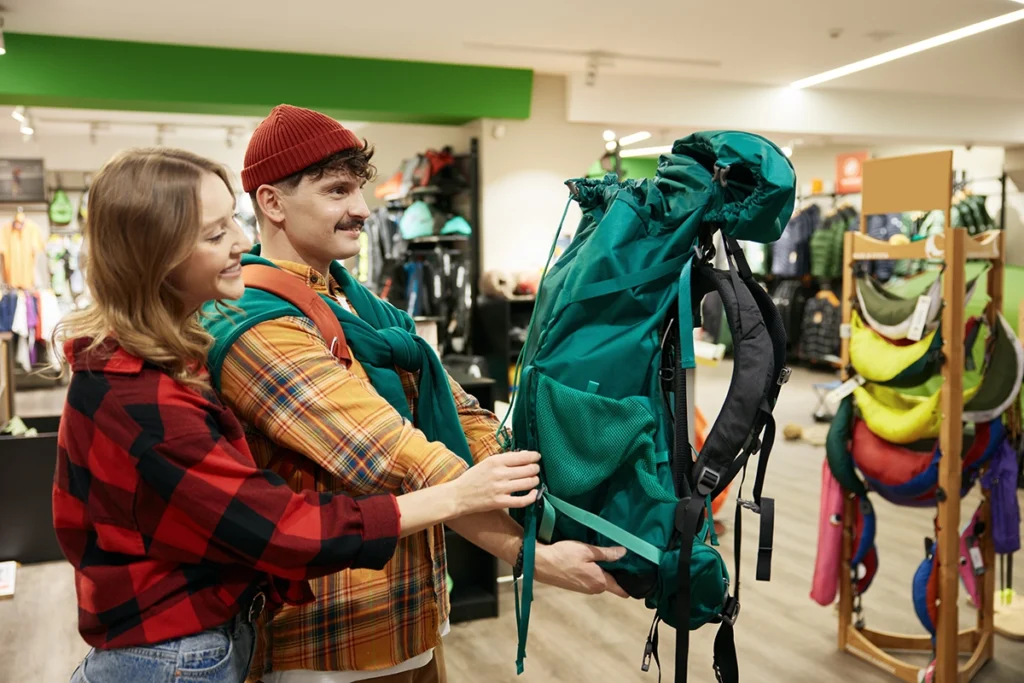
School Policies on Backpack Usage During Lunch
School policies regarding the use of backpacks during lunch vary widely. Some schools might adopt a flexible approach, allowing students to bring their backpacks into the cafeteria, understanding the value of accessibility and convenience. Others might enforce rules that require students to store their backpacks in lockers or designated areas to avoid clutter and ensure safety during peak times in dining areas.
These policies are often crafted with safety and space constraints in mind. A crowded cafeteria with bulky backpacks can pose challenges relating to movement and seating. Schools that enforce strict policies often do so to maintain an orderly and safe environment, but these restrictions can sometimes be viewed as inconvenient by students who prefer to have their items readily available.
Despite varying policies, the need for clear communication and structured guidelines is essential. Schools that implement strict backpack policies during lunch often accompany these with clear instructions on the availability of lockers and timelines for accessing books and supplies post-lunch.
-
$59.90 Select options This product has multiple variants. The options may be chosen on the product page
-
$52.90 Select options This product has multiple variants. The options may be chosen on the product page
Comparing High Schools: Urban vs. Rural Approaches
Urban and rural high schools can have differing approaches to managing backpacks during lunch, illustrating the impact of environment on policy. Urban schools, which are often larger and face space constraints, might have stricter policies, requiring students to use lockers. This is due to the higher volume of students and limited cafeteria space, necessitating clear pathways for safety.
On the other hand, rural schools, with generally smaller student bodies and more spacious environments, may adopt more relaxed policies. The abundance of space allows students to carry their backpacks without causing significant disruption. Additionally, rural schools may not always have extensive locker facilities, thereby making it more practical for students to keep their backpacks with them.
The differences in approach highlight how logistical concerns and available resources shape school policies. Understanding these differences can be crucial for stakeholders when assessing and perhaps harmonizing procedures across different types of schools.
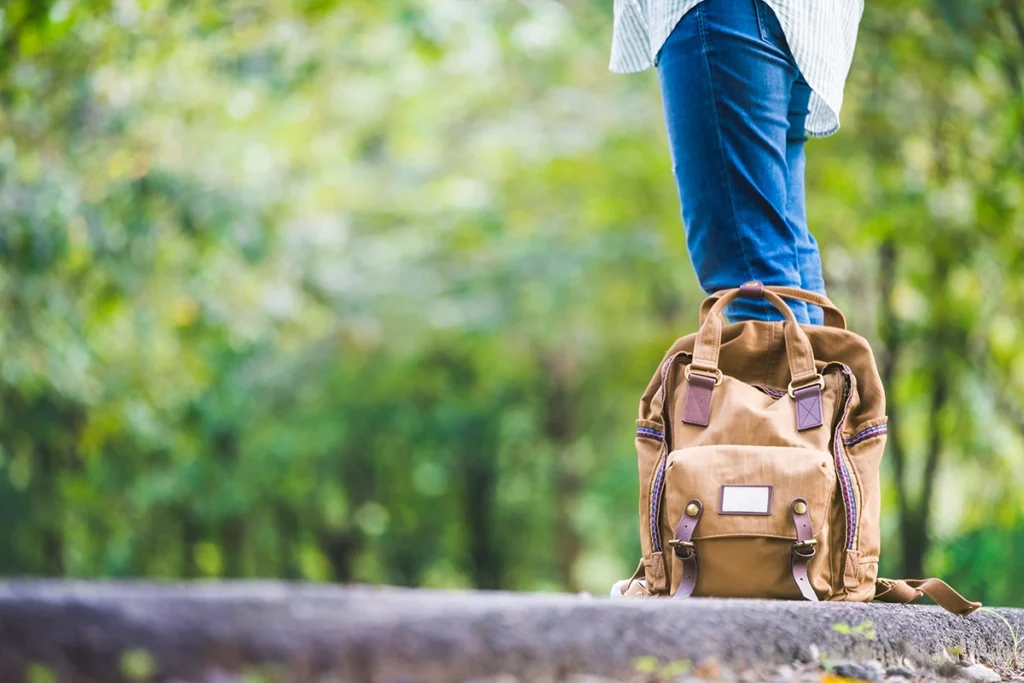
Advantages of Allowing Backpacks During Lunch
Allowing students to bring their backpacks to lunch provides several advantages that contribute to efficiency and preparedness. Firstly, it reduces the time lost between classes and lunch. Students can move directly from their previous class to lunch without detouring to their lockers, saving precious time during an already short lunch break.
This feature of convenience is increasingly crucial as high school students juggle more responsibilities, including extracurricular activities and part-time jobs. With backpacks in tow, students have immediate access to their schedules, assignments, or any additional resources they may need, promoting an organized and seamless transition from one part of their school day to another.
Furthermore, allowing backpacks in the cafeteria empowers students to utilize their lunch period productively. Those needing to catch up on studies or review notes can do so with all necessary materials readily available. This setup encourages a culture of academic diligence and personal responsibility, preparing students for time management in their post-secondary education and beyond.
-
$139.90 Select options This product has multiple variants. The options may be chosen on the product page
-
$29.90 Select options This product has multiple variants. The options may be chosen on the product page
-
$99.90 Select options This product has multiple variants. The options may be chosen on the product page
-
$58.90 Select options This product has multiple variants. The options may be chosen on the product page
Challenges with Bringing Backpacks to Lunch
While allowing backpacks during lunch offers several benefits, it also introduces challenges that must be addressed by school administrations. The primary concern involves space and safety within the cafeteria. With the limited room, ensuring that aisles remain clear and that seating arrangements are not obstructed by backpacks is crucial to maintaining a smooth flow.
An additional consideration is the potential for theft or loss of belongings. A busy environment where backpacks are left unattended can increase the likelihood of items going missing, placing a responsibility on schools to consider the security aspects.
Moreover, there is a concern about the weight of backpacks and the strain they can place on students. Supporting students with durable backpacks that distribute weight evenly through ergonomic design is important. You can check out designs that offer these features at Backpack Design.
Addressing these issues requires collaboration between students, parents, and school authorities to foster an environment that balances convenience with safety and accessibility.
-
$58.90 Select options This product has multiple variants. The options may be chosen on the product page
-
$29.90 Select options This product has multiple variants. The options may be chosen on the product page
-
$39.90 Select options This product has multiple variants. The options may be chosen on the product page
-
$44.90 Select options This product has multiple variants. The options may be chosen on the product page
Innovative Solutions for Backpack and Lunch Dynamics
To address challenges associated with backpack use during lunch, schools are exploring innovative solutions aimed at maintaining an optimal learning and dining environment. One approach is the introduction of flexible seating and storage solutions that optimize space within cafeterias without compromising student convenience.
Another solution is improving locker design and accessibility. Schools can implement more strategically placed lockers that students can access easily before and after lunch periods. Additionally, schools can adopt smart locker technology that integrates digital scheduling, allowing students quick and secure access to their belongings as needed.
Moreover, fostering a culture that encourages personal responsibility can greatly improve the situation. Initiating programs that educate students about efficient organization, proper backpack use, and time management can go a long way in solving logistical problems.
Exploring partnerships with designers who create user-friendly backpack models can also be beneficial. Companies that specialize in functional designs, such as Backpack Design, can offer products specifically catering to the needs of modern students.
Long-term Impact of Backpack Policies on Students
Implementing thoughtful backpack policies can have a significant long-term impact on students, extending beyond the immediate logistical concerns during school hours. One of the key outcomes is the development of essential life skills. Students learn the importance of time management, organization, and planning, which are pivotal in academic and personal contexts.
Furthermore, these policies shape a student's school experience and can influence their academic performance directly. Providing easy access to study materials encourages a habit of preparedness, allowing students to make the most of their study periods, whether in class or during lunch breaks.
Moreover, the physical aspect of carrying a backpack daily contributes to students' overall health and posture. Stressing the importance of ergonomic backpack design—as offered by Backpack Design—can lead to better long-term health outcomes by preventing back and shoulder problems.
Ultimately, the way schools approach backpack policies reflects their commitment to creating a supportive and efficient educational environment. These decisions are instrumental in preparing students not just for scholarly success, but for holistic personal development.
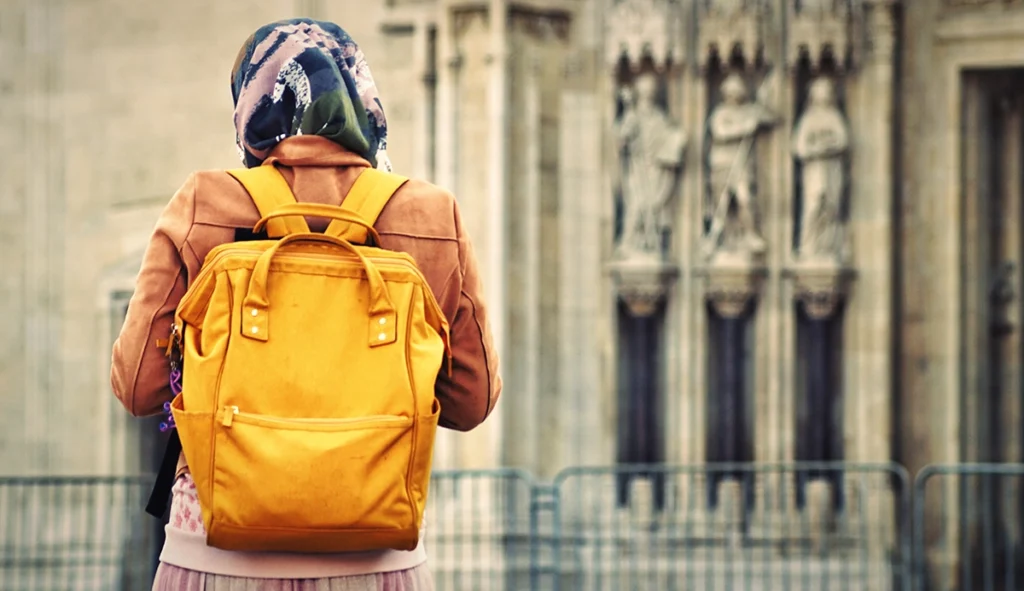
The Evolving Landscape of High School Backpack Policies
High school backpack policies are continually evolving to keep pace with changing educational environments and student needs. As more stakeholders recognize the significance of efficient and safe backpack management, there is a noticeable shift towards policies that balance convenience, safety, and educational enrichment.
Allowing students to take backpacks to lunch is a seemingly simple policy change with profound effects. It empowers students with the autonomy to manage their time and resources effectively. However, it also requires careful consideration of logistics, space, and safety, emphasizing the need for collaborative solutions that involve students, parents, and educational authorities.
By focusing on these elements, schools can create a more engaging and supportive environment that aligns with modern educational practices. This evolution reflects broader trends in educational policy that prioritize student well-being, preparedness, and success.
Ultimately, the decisions made today about backpack use and management will influence the classroom dynamics of the future, preparing students for a world that increasingly values adaptability, efficiency, and responsibility.
